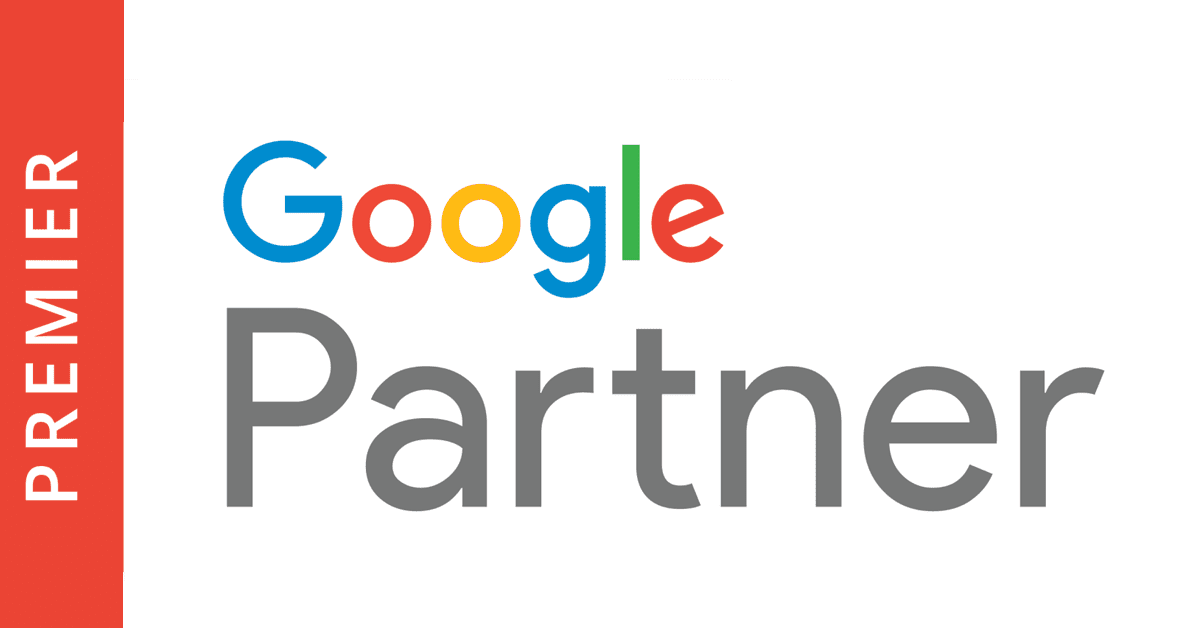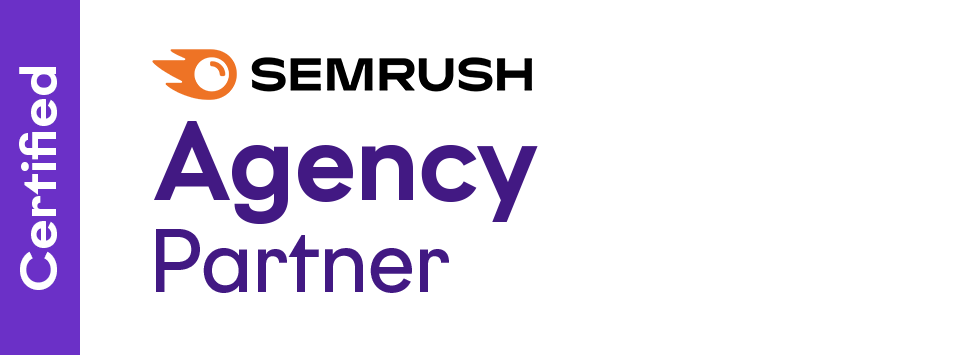For many, the mere mention of “SEO” conjures thoughts of keyword strategy and rankings. At its core lies an intricate dance between websites and search engines, always changing as customer needs evolve, with Google leading the ensemble.
Today, our specialists at Digital Eagles will journey through the remarkable evolution of Google, explore why mastering SEO is an essential tool in your marketing arsenal, and offer some key SEO tips for your small business.
The Dawn of Google & Business Search Engine Optimisation
In the late 1990s, the birth of Google revolutionised how we access information. With this groundbreaking shift, businesses had to recalibrate their online position, creating platforms ready to attract and convert potential customers.
Back then, business search engine optimisation consisted of a more straightforward approach, manipulating a few points on a website to compete for those ‘10 blue links’ – the ten organic search results appearing on search engine results pages (SERPs). With little competition and variety, these links could stay the same for months.
Businesses and marketers had to wait for ‘Google Dances’ to change for opportunities on Google’s SERPs. These were mini updates when Google would update its PR (page rank) system and move pages around in results. These occurred on average every 35 days or only ten times per year.
The good thing about ‘Dances’, however, was that they were predictable. Nowadays, Google’s SERPs are dynamic and versatile. They ‘dance’ daily – even multiple times a day.
The Evolution of Google: Major Milestones Transforming SEO for Every Business
Over the years, the Google evolution has been marked by game-changing developments.
Take Google Maps. Its launch wasn’t just about helping us find the nearest coffee shop; it redefined the local SEO strategy for businesses. From optimising your Google My Business listing to garnering local reviews, focusing on local SEO can yield dividends in increased traffic and sales. A robust local SEO strategy ensures that when someone in your city searches for services you offer, your business pops up on the map.
The move towards mobile-first indexing was another key point, emphasising the growing importance of mobile-friendly sites, and the introduction of features like snippets took user interaction with the SERPs to a whole new level.
As such, practices like developing a keyword strategy aren’t just about stuffing your content with search terms. It’s about understanding your audience’s intent and providing answers to their queries. If we have any tips for small business owners, it is to engage in thorough research, identifying both popular and long-tail keywords that resonate with their target audience. Remember, it’s not just about being seen; it’s about being seen by the right eyes.
Today, if a business wants to enjoy success with its SEO campaigns, it must employ a more comprehensive approach.
The Evolution of Google: Google is Turning into an Answer Engine
Google’s algorithm is never stale. It is forever growing more intelligent and complicated in the constant pursuit of improving user experience. Many more search signals are affecting Google’s index and rankings than just a decade ago, such as a better understanding of search intent and natural language processing.
The transition started in 2013, when Google announced a new update called Hummingbird. It was designed to stop exact-match query processing and marked the era of semantic SEO. Since Google has moved even further down this path, it can now perfectly interpret conversational searches and give immediate answers to written and spoken queries.
In its recent patent called Question-answering system, Google discusses the need for an ultimate answer engine, bringing all various sources into one that is not only able to give immediate answers but also ‘coach’ their users and urge them to learn more.
Furthermore, Google claims its natural language processing algorithm took over five years to perfect. These days, it takes into account:
- Synonym interpretation
- Query categorisation
- Search categorisation
- And more
The Evolution of Google: Ever-Changing SERPs
Google had many years to improve their search algorithm beyond exact query matching.
Nowadays, Google SERPs vary based on the following:
- The searcher’s location
- Seasonality
- Currently relevant context (i.e., current events, political climate, etc.)
- Emerging brands (competitors) that may quickly become trends
New Issues with Penalties and Updates with the Google Evolution
A few short years ago, you could diagnose a possible penalty by a drop in organic traffic. Nowadays, Google’s penalties have become much harder to diagnose. Google wouldn’t drop your traffic right away, even if your site were affected by an update. Instead, there’s a slow and gradual decline in organic search visibility.
As a result, brands usually aren’t aware of anything awry until it’s too late. Looking back, it’s often impossible to understand whether the decline occurred due to any possible (and often retrospective) penalty or whether their site fell behind more active competitors.
Furthermore, Google algorithm updates are getting more challenging, too. Major Google Updates (e.g., Panda and Penguin) are now integrated into the core algorithm. Hence, they are never officially confirmed anymore.
Further reading: Google’s Broad Core Algorithm Updates: How to Stay Safe
Importance of SEO for Business
Business search engine optimisation has changed over the past decade, but is still crucial to digital marketing success. Online search remains the most effective source of online traffic and visibility, and it’s not changing anytime soon.
Consider these stats:
- According to Backlinko, less than 1% of search engine users will travel to the second results page for a solution to their query.
- HubSpot found that the average top traffic source for all types of websites was organic search in 2022.
- A report from BrightLocal found that 98% of people read online reviews for local businesses.
This means the demand for high-quality search engine optimisation is high while SEO challenges are steeper.
The Future of SEO and Google’s Evolution
SEO remains highly polarised, with Google owning more than 90% of the market, but this doesn’t mean the industry is finished adapting. Google is also willing to adapt to emerging technologies, catering to the new ways consumers search for answers and discover products. Specifically, Google has to develop its algorithm to accommodate mobile and voice searching.
With the fast growth of mobile and voice search, Google’s algorithm is evolving, presenting even more challenges to digital businesses struggling to maintain their search engine optimisation. To accommodate Google’s fast advancement, digital businesses need to embrace an up-to-date marketing technology stack.
The good news is that SEO technology is advancing quickly, helping businesses keep up with Google’s evolution.
When looking for SEO software and an SEO agency, pay attention to the following features and services:
- The ability to optimise reports on both local and global rankings
- Cross-location and cross-channel compatibility (i.e., the ability to monitor search results across multiple search engines)
- Real-time reporting and customisability notifying you of anything that deserves attention.
Professional SEO help for small businesses is invaluable in navigating Google’s frequent algorithm updates and ensuring your business remains visible amidst the ever-growing online competition.
In the era of ever-smarter search algorithms, keeping up with SEO trends is next to impossible without finding a reliable partner ready to innovate. For SEO tips tailored to your small business, speak with our specialists at Digital Eagles today.



















